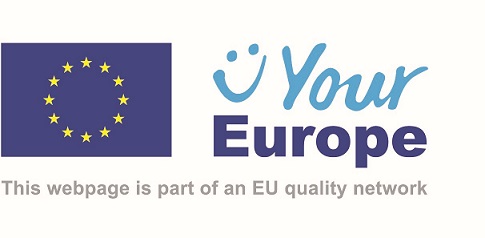Strategy for intangible assets
Strategy for intangible assets may sound complicated. But a good strategy shows the importance of the intangible assets for the company's business and how they are intended to be used and protected.
Depending on the business you are conducting, a strategy for your intangible assets can be the basis for your entire business plan. The intellectual property strategy should therefore include an overview of the business, all intangible assets and rights, as well as a plan describing how the company will benefit from those assets.
Content of the strategy
A first step to find out if your business has intangible assets is to do our test "In the Spotlight".
Take the test to find out if your company has intangible assets
From now on, you should identify the nature of your business and the key elements of your business plan, especially the things that distinguish your business from your competitors. You should also identify potential competitors as well as the size and value of the market in which the business operates.
- Identify whether and where the focus on intangible assets could be improved to support income or financing.
- Identify whether there is any other use for the intangible assets that could generate income or financing.
- Identify potential weaknesses and threats that could affect the value of your intangible assets and their strategy in the short and medium term.
- Identify possible alternatives to using your intangible assets, such as licensing or attracting investors.
- Identify how and where the strategy is in line with and promotes the overall business plan in the short and medium term.
Risk analysis linked to intangible assets
A strategy usually involves risks. Here are some common examples to consider:
- Need for intangible property rights belonging to someone else
- Ownership issues relating to own intangible assets and rights
- Infringement of rights, own and others'
- Problems with lack of use of trademarks
Questions about risks
The questions you should ask yourself depend on your business and the industry you operate in. Here are some concrete questions as examples:
- Could it be that competitors have intellectual property rights in matters that could threaten the continued development of your business?
- Does your company really have full ownership of the intangible assets?
- Is there a risk that others will infringe on your rights?
- Do you have registered trademarks that you now no longer use and are therefore at risk of losing?
Which countries are you active in?
In which other countries are you intending to launch your idea, your trademark or your design? This will impact on your business strategy and what you should do as regards your intangible assets.
The decisive factor is which countries you are considering manufacturing or selling your product or service in. You should also establish exclusive rights in these countries.
Digital market is an international market
Keep in mind that the website where you promote your business, goods, or services is accessible globally. If you have information in other languages, such as English, the website will be found by search engines and exposed in many other countries. Thus, you are located in markets abroad where you may need to protect your trademark and your design. It is important to ensure that no one else has valid exclusive rights in the country in which you are considering doing business. If you still have a commercial operation there, you risk committing an infringement, which could prove to be expensive.
Also, keep in mind that what you design digitally, such as a web or an e-service, may need to be protected as a design.
Get help from a representative to make your strategy
All research shows that companies that have a well thought-out strategy for how to manage their intangible assets and rights are more successful. An expert can help you create a strategy that connects your intangible assets to your business plan.



